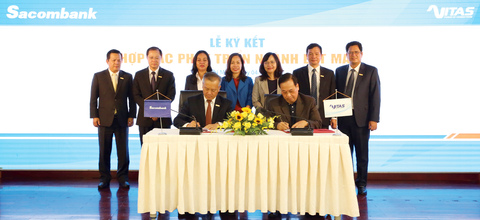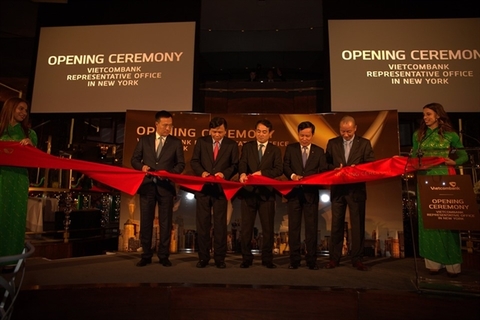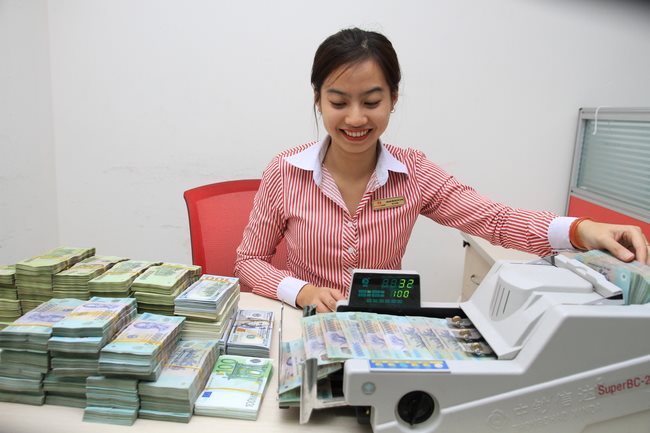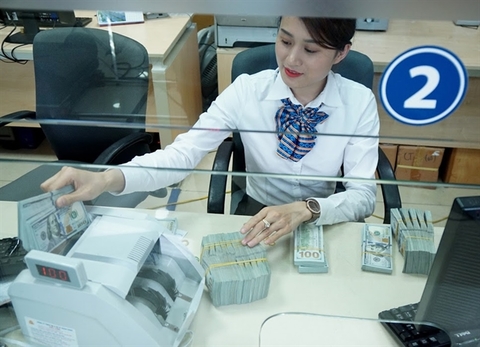Banks offering more and more free deals
Banks offering more and more free deals
More and more customers are using e-banking services, leading to a rise in free-of-charge facilities offered by banks. 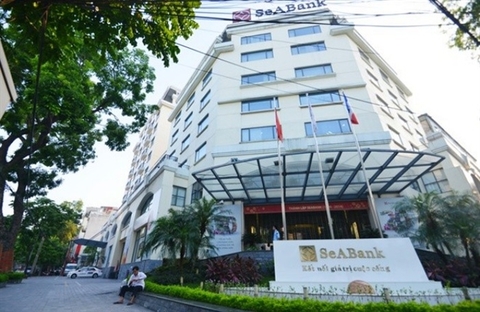
The Vietnam Prosperity Joint Stock Commercial Bank (VPBank) offers free services for the first 10 transactions made on its VPBank Online application, replacing the previous charge of VND7,000-8,000 (US$0.30-0.34) each.
From the 11th transaction, the interbank is free of charge if the customers have at least VND10 million ($430) in their default accounts.
Other banks have also offered similar deals including the Southeast Asia Joint Stock Commercial Bank (SeABank), An Binh Commercial Joint Stock Bank (ABBank), the Vietnam Technological and Commercial Joint Stock Bank (Techcombank) and the Vietnam International Bank (VIB).
This is a far cry from two years ago, when charges were placed on electronic services in a bid to increase bank revenue.
But by offering no charge deals, banks can attract more customers and through data collected, they can also determine what’s best for the customer in accordance with their spending habits.
Banks may be able to develop a big customer database, which would help them offer a variety of products and services regarding customers’ demand for insurance, studying abroad, economist Can Van Luc said.
Free of charge services would help banks expand market share and mobilise a high number of termless savings. Techcombank has raised its number of clients by eight times and lured a tota of VND30 trillion ($1.3 billion) worth of termless savings after three years of doing so.
At the end of September 2019, the ratio of termless savings over total savings at Techcombank was 30.2 per cent – the highest in the banking sector.
According to Techcombank general director Nguyen Le Quoc Anh, charge-free policy helps encourage clients to use services provided by the bank, reduce the bank’s capital-raising cost and improve the net interest margin (NIM).
Economist Nguyen Tri Hieu said raising the amount of termless savings helps banks meet the central bank’s requirements on the ratio of short-term deposits and savings used for long and medium-term lending.
The ratio was cut to 40 per cent at the beginning of 2019 from 50 per cent and the central bank would further lower the ratio to 30 per cent in 2021. Meanwhile, interest rates for termless savings are 0.1-0.5 per cent per annum – much lower than the rate of 4-5 per cent per annum for common savings with terms.
Higher value of termless savings will lead to increased liquidity for banks, lower cost of sales and higher profit margins, Hieu said.
But narrowing service charges, despite being a good policy, will only exist in the short term as the digitalisation of the banking system requires banks to make big investment so banks would want some returns in the long term, he warned.



